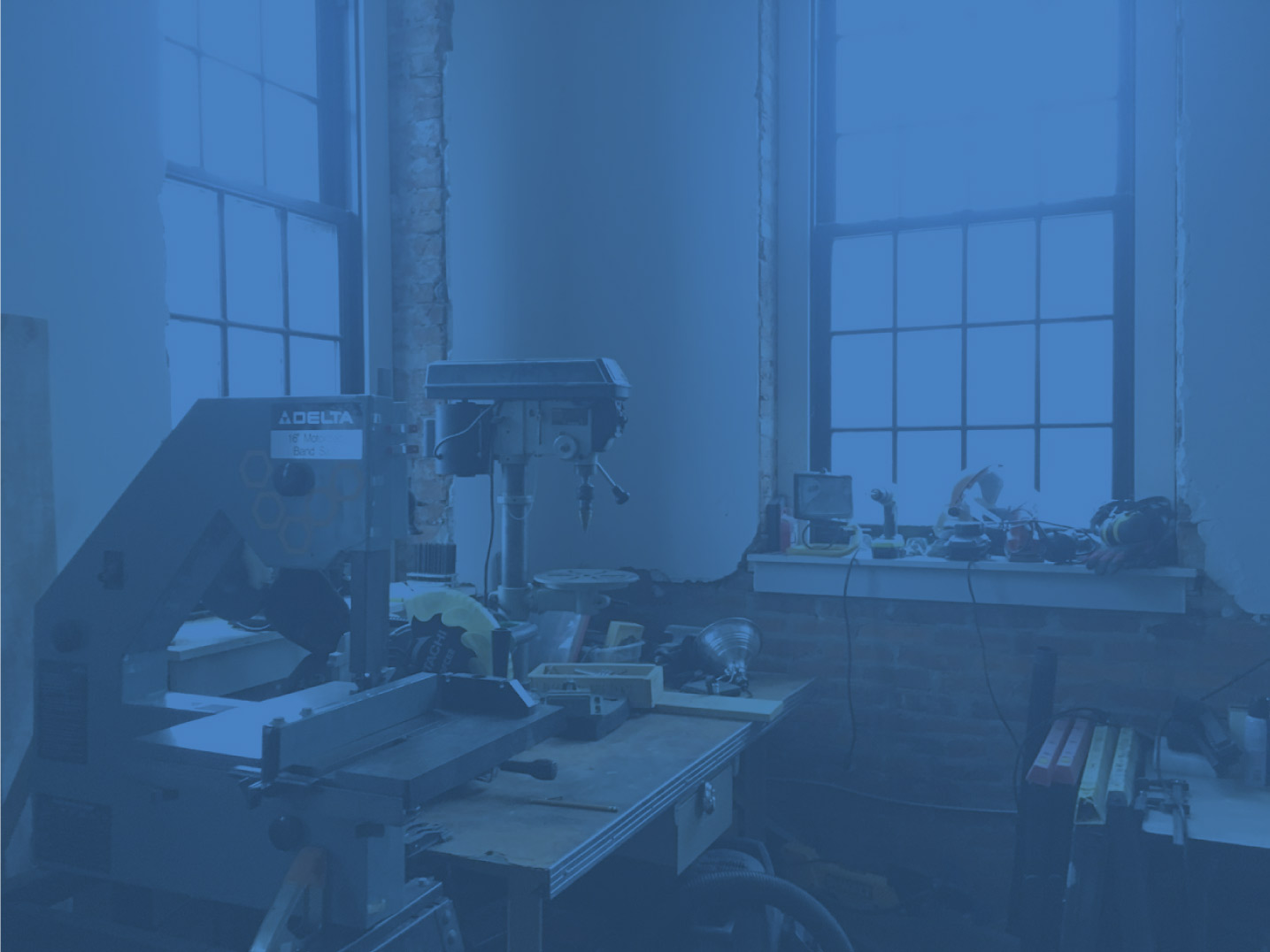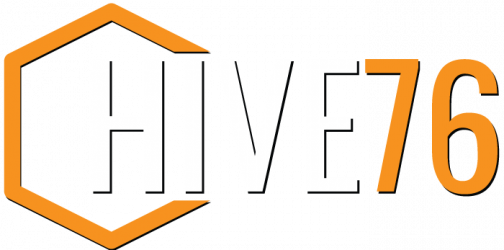
ONLY ONE WEEK LEFT TO SIGN-UP!
In collaboration with NextFabStudio, we are offering a state-of-the-art and upgraded RepRap printer kit and accompanying 3-day Build Workshop from August 26th-28th. The class cost is $998 ($1,200 for non-members) and includes EVERYTHING you need to get up and running, and more importantly, a fully calibrated and fine-tuned robot.
CLICK HERE FOR MORE INFO AND TO SIGN-UP
Check out the time-lapse video below from our first class in Baltimore where we got 10 printers up and running in 3 days.
We’ll help you and a friend or two to build your very own open-source RepRap 3D printer, which has more than 4x(!!) the build volume of it’s closest competitor, the MakerBot Thing-o-Matic. Note that you will save $202 off the class if you’re a member of Hive76 or NextFab Studio. Total class cost for members is only $998. This is a crazy cheap deal! You can’t even buy a MakerBot for that price, let alone learn how to assemble it and fine tune it correctly in just a weekend.
There’s lots of additional bells and whistles on this bot that you won’t find anywhere else: custom machined aluminum motor couplers, linear bearings, the latest RAMPS electronics, and much more!
Any questions or concerns? Click Here to contact Jordan.
First RepRap World Tour 3D Printing Class from jmil on Vimeo.


